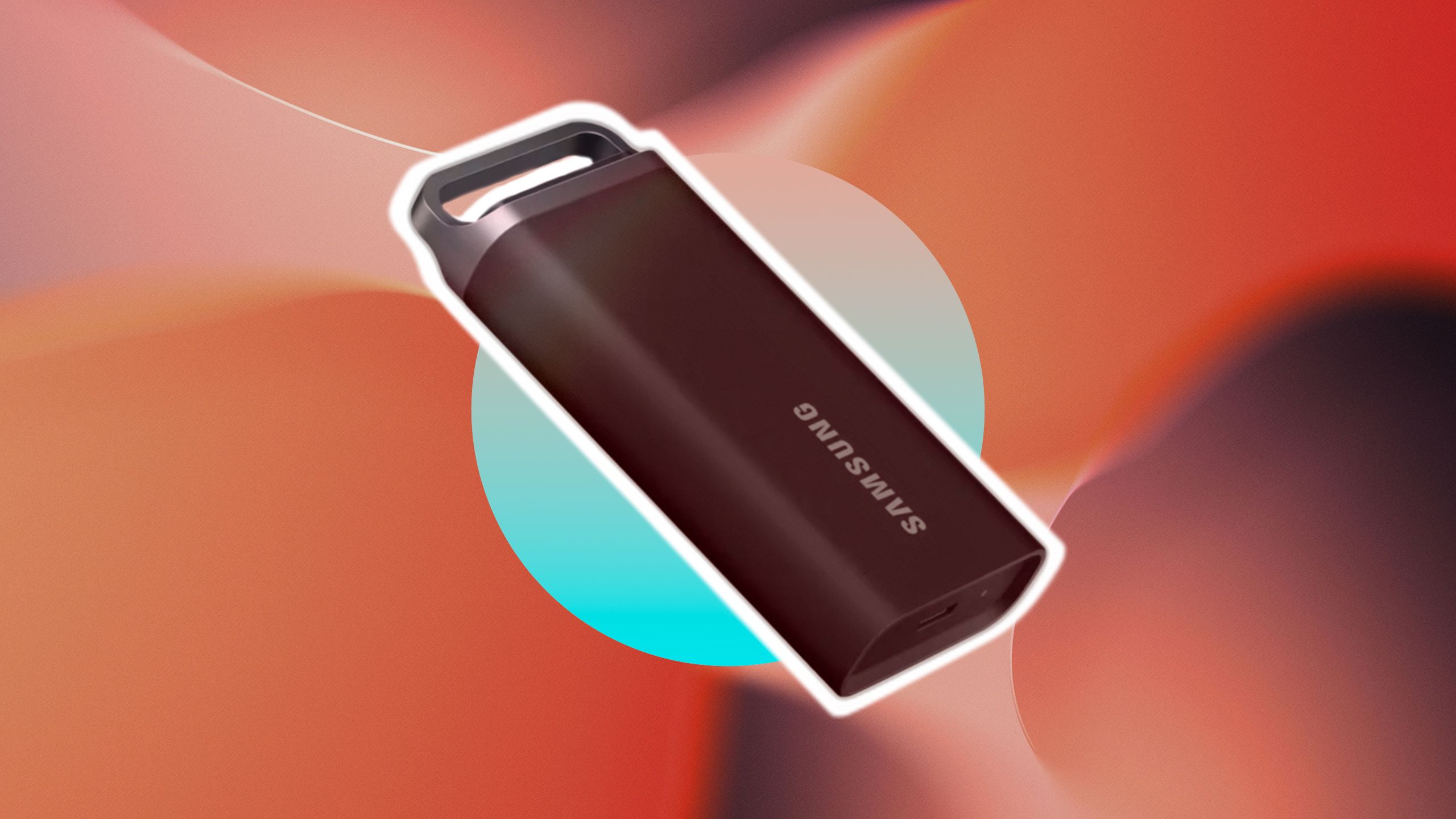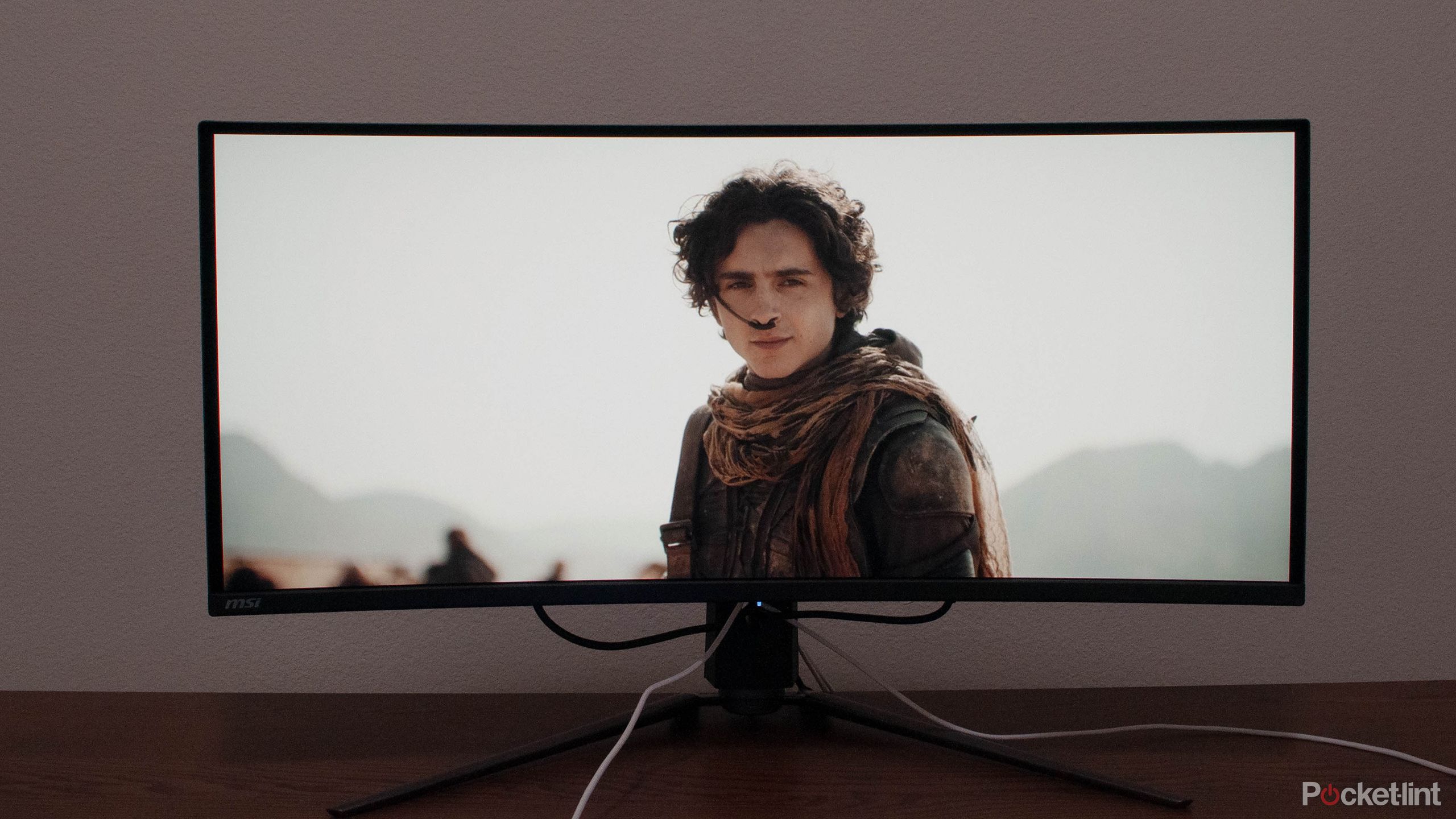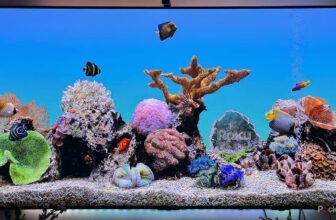Abstract
- Utilizing your pc, you may want to repeat ripped video information to an exterior SSD you possibly can connect with your TV.
- Be sure that the SSD is correctly formatted, and that movies are transformed to one thing your TV ‘s apps will acknowledge.
- You might want an add-on media streamer with USB in case your TV’s apps aren’t suitable.
Online streaming services are a drain on the pockets, after all, however they’re additionally a threat in the event you care about protecting entry to your favorite movies and TV exhibits. We’re all aware of the issue of in style titles leaping from service to service — however on high of that, it is price remembering that you simply by no means really personal something on-line, even while you “purchase” one thing from an organization like Apple or Google. What you are actually getting is an indefinite license, one that may nonetheless be revoked if a vendor goes out of enterprise or loses distribution rights. It is a sacrifice within the title of comfort.
If you happen to’re prepared to place in some effort — and a few short-term investments — you will get round these hurdles with the USB port in your TV (or media streamer). Beneath I will information you thru among the fundamental steps and ideas, together with the professionals and cons concerned.
Associated
What your TV’s eARC HDMI port actually does
You might want an improve to take full benefit of eARC audio.
How you can construct a private streaming library
You do not have to lift the gangplank
Samsung / Pocket-lint
The very first thing is to really amass a private video library on storage you possibly can connect with a TV. You may need a Mac or Home windows PC, and an exterior SSD (strong state drive) with USB 3.0 or higher. USB 2.0 will technically work, nevertheless it’s dramatically slower than 3.x. Copying films will take an eternity, and should not present an optimum streaming streaming expertise. The truth is, it is best to have a TV with USB 3.x, too — it is a crime that any producer remains to be utilizing 2.0. In case your TV would not have a 3.x port, you could be higher off connecting a drive to a third-party media streamer, or utilizing network-based library choices like Plex.
Lots of people construct native libraries by “crusing the seven seas,” to be euphemistic. The closest you will get to staying above-board is by shopping for and ripping DVDs or Blu-rays. That is nonetheless doubtlessly unlawful, relying on the place you reside, however you may at the very least personal authorized copies on disc, and what publishers are actually involved about is illegitimate distribution — there isn’t any hurt achieved in the event you’re the one one who can watch a video.
Even a single 1080p film can devour a few gigabytes, and 4K films will devour upwards of 4GB.
“Ripping” means copying video off a disc and onto your PC. You may want a DVD or Blu-ray drive, and a few kind of conversion app, maybe the preferred one being HandBrake. It is free, open-source, and multi-platform, though you may want extra software program (Google is your pal, right here) to handle copy safety.
If you happen to’re not too choosy about video high quality, you possibly can construct a big library on a budget by choosing up DVDs from discount bins. You may be restricted to 480p decision and an older catalog, although — if you’d like titles in 4K HDR, and even simply 1080p, count on to spend extra on Blu-ray.
Be certain there’s loads of area obtainable in your pc and/or exterior SSD. Even a single 1080p film can devour a few gigabytes, and 4K films will devour upwards of 4GB, generally twice that. A 256GB SSD might be the naked minimal for devoted storage, and extra realistically I would store for 1TB or extra, although you might have to verify what capacities are supported by your TV.
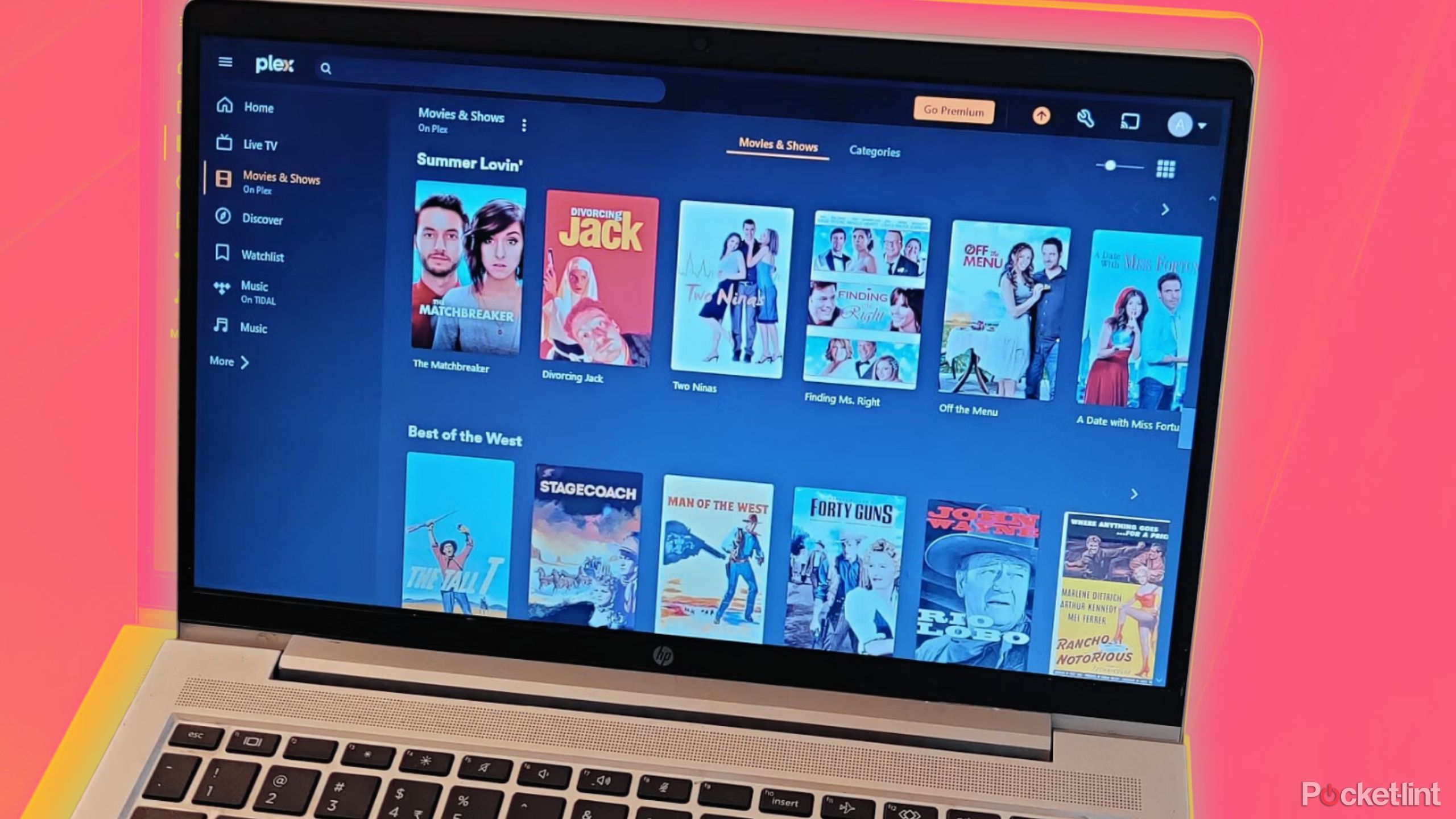
Associated
What does Plex actually do? Here’s how to get started streaming with it
Right here’s all the things that you must learn about Plex, the customizable streaming service and media participant.
How you can stream your private library utilizing a TV’s USB port
Time to leap a number of hurdles
Earlier than anything, you may have to ensure that the information you downloaded are transformed right into a format your TV and/or its apps can acknowledge. It is usually most secure to transform movies into MP4 information utilizing H.264 compression, one thing apps like HandBrake are adept at. TV apps might doubtlessly help and even require different codecs, however verify app retailer pages and internet help paperwork earlier than losing your effort and time. You might also have to format your SSD for a suitable file system, like FAT32 or NTFS. Verify your TV’s help pages.
Playback can doubtlessly be probably the most sophisticated facet.
Talking of effectivity, be sure you title and manage your video information correctly so that they are straightforward to establish. I have a tendency to make use of a “[movie/show name] ([year])” format, which avoids the issue of figuring out remakes and reboots — “Dune (1984)” is clearly the David Lynch film and never Denis Villeneuve’s 2021 model. You also needs to embody phrases like “Prolonged Version” or “Director’s Reduce” for alternate releases. Movies with subtitle information (e.g. SRTs) ought to all the time be organized into their very own folders, which avoids a complicated mess, in addition to the specter of subtitle information breaking or overwriting. For TV exhibits, I additionally create subfolders for particular person seasons — say, “Season 1,” “Season 2,” and “Season 3” below “Twin Peaks.”
Playback can doubtlessly be probably the most sophisticated facet. Some TVs ship with preloaded apps for taking part in USB media, resembling Roku Media Participant, however these will be cumbersome to make use of, and should not play some information as anticipated. The largest subject is watching movies with subtitle information — built-in apps might not know to search for them, during which case foreign-language films might be indecipherable.
You might want to show to third-party playback apps like VLC, which is out there on Google/Android TVs. Take note of options and compatibility, nonetheless — some apps, like Plex, depend on a client-server system, which implies you may want a pc or network-attached storage (NAS) with server software program put in. You may in all probability be bypassing your TV’s USB port completely.
In case your TV would not appear to supply suitable apps, it is time to flip to an add-on media streamer with a USB port, just like the Roku Extremely or Nvidia Defend TV Professional. Sadly, that excludes units just like the Apple TV 4K or Google TV Streamer, however streamers will at the very least work with any TV that has HDMI — which means all of them.
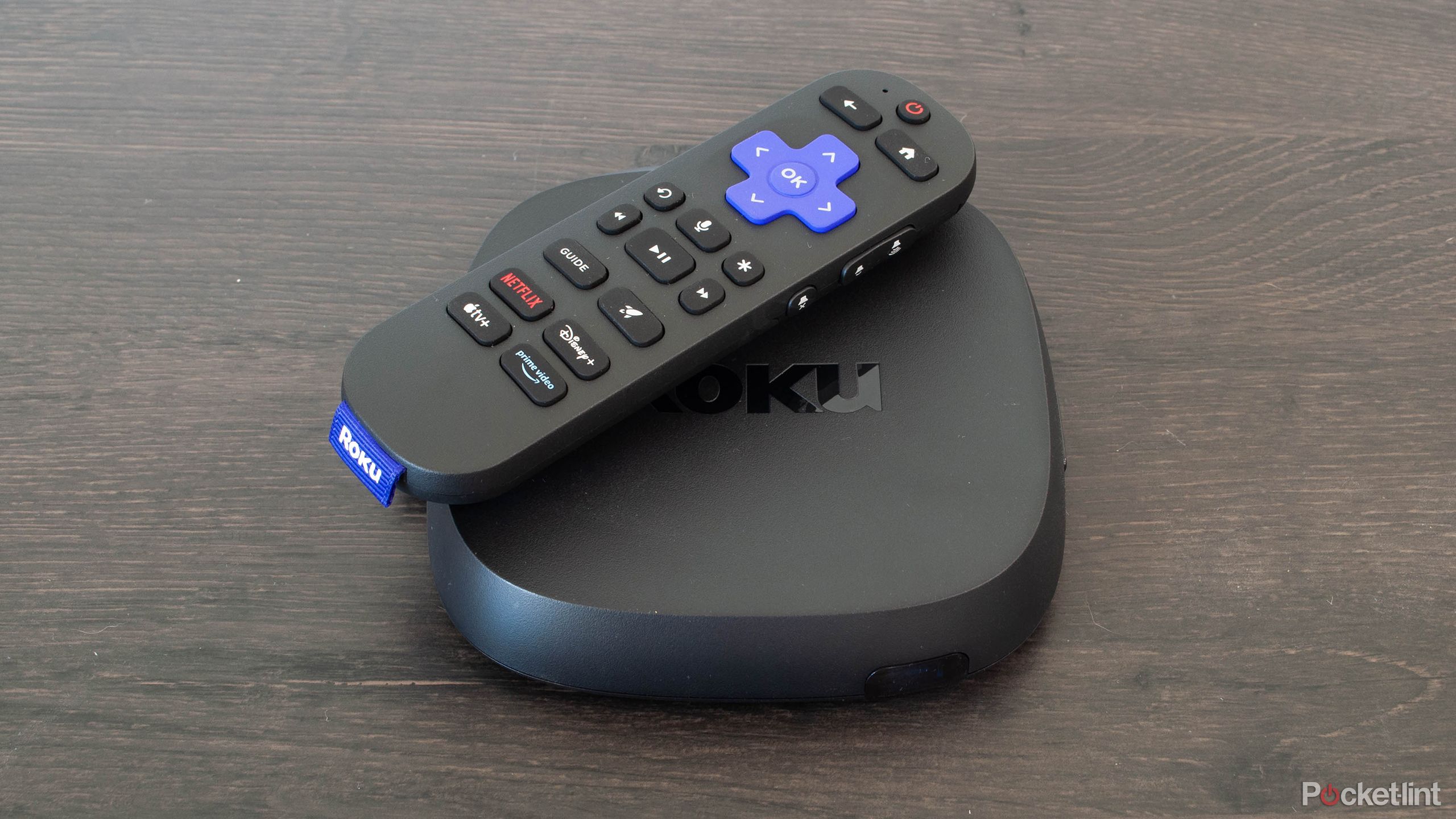
Associated
The new Roku Ultra skips one feature it really needed to be worth the upgrade
The most recent technology of the Roku Extremely has simply been launched, representing the primary replace to Roku’s top-of-the-line streamer since 2021.
Trending Merchandise

Thermaltake V250 Motherboard Sync ARGB ATX Mid-Tow...

Sceptre Curved 24-inch Gaming Monitor 1080p R1500 ...

HP 27h Full HD Monitor – Diagonal – IP...

Wi-fi Keyboard and Mouse Combo – Full-Sized ...


